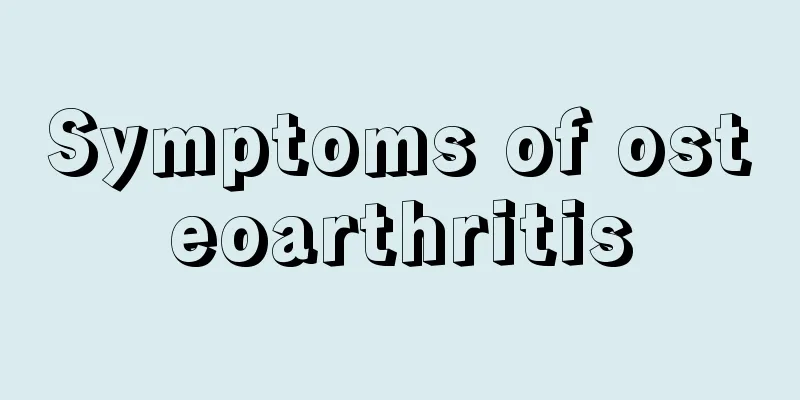What are the common sense of first aid at the production site?

|
Everyone has only one life, and protecting it is something we must do. In our daily production and life, we may encounter some unexpected accidents, which are things we cannot avoid. That's when we really encounter an accident. It is extremely important to have some necessary first aid knowledge. So, let us follow the editor to learn some important first aid knowledge at the production site. Simple first aid knowledge at the production site Part 1: First aid for burns (common in chemical companies) Burns refer to a common type of trauma caused by heat, chemicals, electric current, etc. It mainly acts on the skin and even damages deep tissues, causing the body to lose its barrier to defend against bacterial invasion. Common causes of burns: Thermal burns, chemical burns, electrical burns, Radiation burns, the first three are the most common. 1. Thermal burns: burns caused by hot liquids (hot water, hot porridge, hot soup, hot feed, etc.), hot ash, steam, high-temperature metal (solid or liquid), heat pressure and flames. 1. Classification of burn depth: Currently, the three-degree four-division method is adopted, namely, first-degree burns, shallow second-degree burns, deep second-degree burns, and third-degree burns. Its main clinical manifestations are: First degree burns: Red spots and burning pain appear on the skin. Symptoms usually disappear in 2-3 days and heal in 3-5 days. No scars are left after desquamation. Superficial second-degree burns: large blisters appear on the skin with a red base and severe pain. They heal in about 2 weeks without leaving scars but with pigmentation. Deep second-degree burns: generally no blisters or small blisters with red and white bases, pain, 3-4 weeks to heal, often leaving scars. Third-degree burns: The wound surface is pale, burnt yellow or burnt black, the pain disappears, and skin grafting is required after the eschar separates in 3-5 weeks, leaving scars. 2. First aid measures: On-site first aid for burn patients is the beginning and basis of burn treatment. Correct treatment will have a very important impact on the subsequent course of the disease. The first aid principles for thermal burns are: flush, remove, soak, cover, and send. Flushing: Flushing with cold water can control local pathophysiological processes, reduce local damage and relieve pain. Take off: After rinsing with cold water, immediately take off the clothes soaked in hot liquid so that the heat will no longer act. Soak: After taking off the clothes soaked in hot liquid, continue to rinse and soak them in cold water. The lower the water temperature, the better the effect, generally below 15oC, and the longer the duration, the better, generally not less than 30 minutes. But the water temperature and time should also be combined with the season, room temperature, It depends on the burn area and the physical condition of the injured. Due to low temperature, large burn area, old age and frailty, people cannot tolerate cold water washing over a large area of the body surface. Cover: Before being sent to the hospital for treatment, the wound should be covered with sterile dressings. If conditions do not permit, it can also be covered with clean sheets or blankets. Try to avoid direct contact with the outside world. Send: After first aid on the scene, in order for the injured to receive timely and systematic treatment, they should be transferred to the hospital as soon as possible. The principle of sending the patient to the hospital is as early as possible, as quickly as possible, and as close as possible. 3. Common first aid for burns and scalds: a. First aid for small to medium-sized burns: Cold water therapy is the most effective. It can not only reduce or relieve pain, but also quickly reduce the temperature of the wound surface and subcutaneous tissue, preventing further damage to the tissue by heat; effectively reduce capillary permeability and reduce the release of histamine. Release, thereby reducing edema, and reducing local metabolic rate and oxygen consumption. The method is to soak, rinse or wet compress the burned area with cold water at a lower temperature. Generally, tap water or well water can be used. The wounds on the limbs are usually soaked or rinsed. The affected area can be treated with shower or wet compress. The time is generally 30-60 minutes. The lower the water temperature and the longer the cold therapy time, the better the analgesic effect. However, in winter, the water temperature should be tolerable for the patient and should relieve the burning pain on the wound after leaving the water source. After rinsing 1/4 Page Do not apply toothpaste, soy sauce, alkali powder, mercurochrome, gentian violet, boy's urine, etc. on the wound at will, as the consequences are often counterproductive. b. First aid for fire burns: Take off burning clothes quickly and avoid running, shouting, or putting out fire with your hands to avoid adding fuel to the fire and causing burns to the head, face, respiratory tract, and hands. Roll on the ground or cover the burning area with a quilt or blanket. Suitable water You can also jump into a nearby pool or ditch to put out the fire. If water flushing is not suitable, use a fire extinguisher. Wound treatment is still based on cold water therapy. The protection of life is something we have no doubt about, but perhaps for us now, this common sense is not necessarily necessary. But if an accident really happens, it will play a decisive role. In our daily life, in addition to learning certain common sense of life, we also need to learn common sense of medical treatment. |
<<: What is a cardiac emergency kit?
>>: What are the first aid methods for choking?
Recommend
Can the nose be made smaller?
Nowadays, people have relatively high requirement...
Vacuum cupping weight loss method
Women in modern society are always pursuing a sli...
Traditional Chinese medicine prescription for colon cancer
In the treatment of colon cancer, TCM mainly adop...
How to make sweet and sour beef
Beef is a common meat in our daily life and is ri...
How to use body lotion
Cosmetics are very common in our daily life. Ther...
What are the early symptoms of colon cancer?
What are the early symptoms of colorectal cancer?...
How to treat facial crookedness caused by tooth misalignment?
The teeth generally need to be aligned to maintai...
What is the reason for the pain in the middle of the chest
Pain in the center of the heart is a symptom that...
Male breast cancer can find its own lumps
Male breast cancer can be found in the body, and ...
How to make red date pudding?
Red dates are a kind of food that we eat more oft...
Dietary taboos for melanoma patients
For the treatment of melanoma, special attention ...
The place where the vaccination was given is red and swollen
Babies need to get vaccinations frequently after ...
What are the medicinal properties of Cordyceps
Cordyceps is very common and is a food suitable f...
What causes puffy eyelids and face?
We often find that many people's eyes and fac...
Can iodine reduce inflammation and swelling?
There are always some accidental injuries in life...









